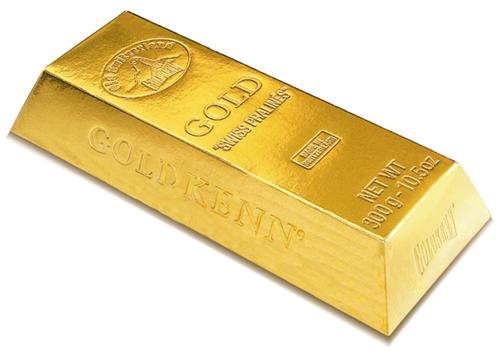South Korea’s Reverse Gold Rush

In 1997, many countries in Asia’s Pacific Rim suffered from a massive financial crisis which threatened to spread across the world. Foreign debt to GDP ratios exceeded 180% at the peak of the crisis.Six different nations felt the economic struggles as capital fled their countries, and the International Monetary Fund provided $40 billion (U.S.) to help keep South Korea, Thailand, and Indonesia afloat. As economies got more and more troubled, governments tried more and more ideas.
South Korea’s idea? Recall gold.
In January of 1998, South Korea began a campaign called “Collect Gold for the Love of Korea.” At the time, South Koreans, collectively, owned a total of 2,000 tons of gold then worth about $20 billion. That would have gone a long way to lessen the debt burden the country was suffering from. But gold, being hard to track and therefore hard to confiscate, could not simply be collected by edict and threat of force. (And even if it could, it was unlikely that the public would go for it.) So South Korea took another approach. The government simply asked its citizens to turn in their gold voluntarily.
On January 5, 1998, the program launched with the support of three major corporations (Samsung, Daewoo, and Hyundai) collecting and donating gold, thereby showing that this was not just the government getting involved. The BBC, as the program was in full swing, noted that “housewives gave up their wedding rings; athletes donated medals and trophies; many gave away gold ‘luck’ keys, a traditional present on the opening of a new business or a 60th birthday.” Within the first two days of the program, per the AP, over 100,000 South Koreans donated north of 20 tons of gold worth over $100 million. The response was so great that officials stopped announcing the results of the gold collection. Due to the amount of gold newly on the market, they feared too that the donations would soften international gold prices.
It is likely that, in total, roughly $150 to $200 million in gold was collected — a small and probably meaningless dent in the country’s debt, given that the country received a bailout in excess of $50 billion. But the symbolic aspect resonated, as Korean citizens realized the gravity of the crisis and rallied, showing a willingness to accept other efforts to help. By the end of 1999, South Korea believed the economic slowdown over.
Bonus fact: American actor Laurence Tureaud, better known as Mr. T, has two parts to his trademark look — one, his distinctive beard and haircut; and two, his gold chains. Or, more correctly, he had two parts to his trademark look. After Hurricane Katrina hit the Gulf of Mexico, causing massive destruction particularly in the New Orleans region, Mr. T no longer wore his estimated $300,000 worth in gold. He told Sky News: “As a Christian, when I saw other people lose their lives and their land and property… I felt that it would be a sin before God for me to continue wearing my gold. I felt it would be unnecessary and disrespectful to the people who lost everything, so I stopped wearing my gold.” (He kept his calling-card hair styling.)
From the Archives: Dissolving Medals: Nazis didn’t ask for gold, they took it. So scientists hid some … by dissolving it.
Related: A Mr. T rubber duckie. Yes, you read that right.

Leave a comment